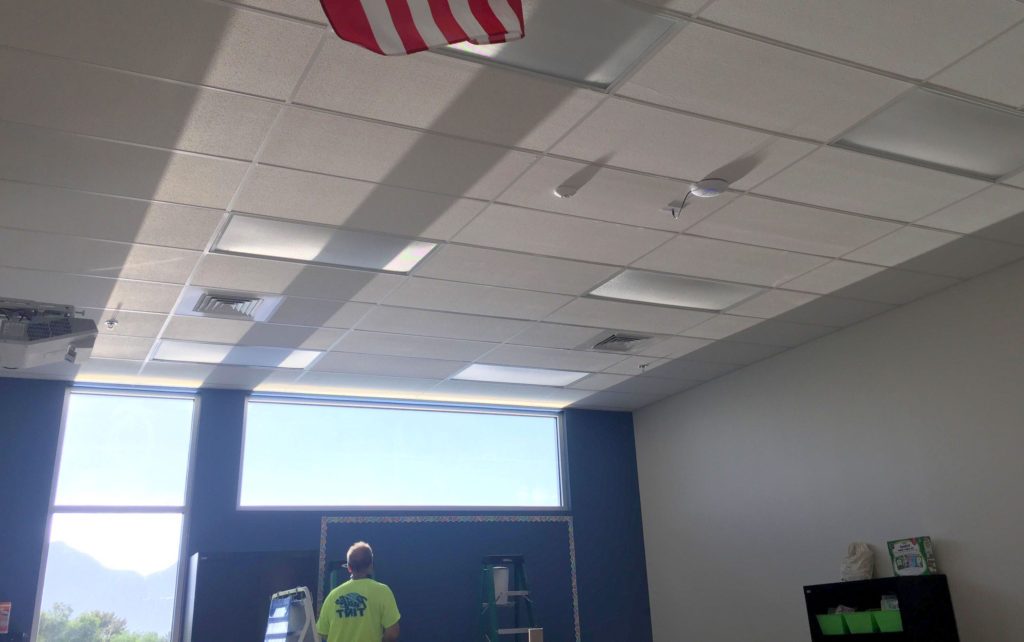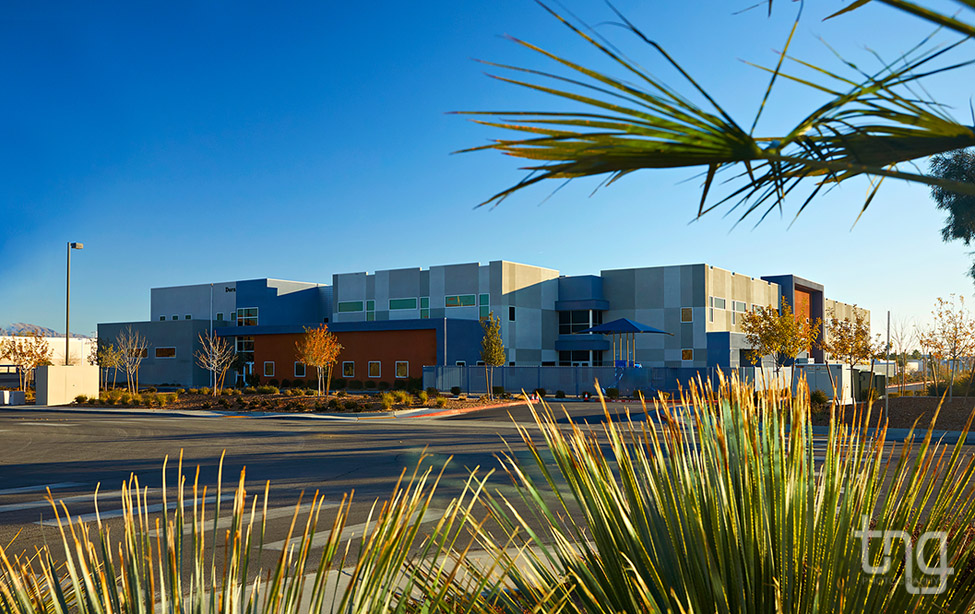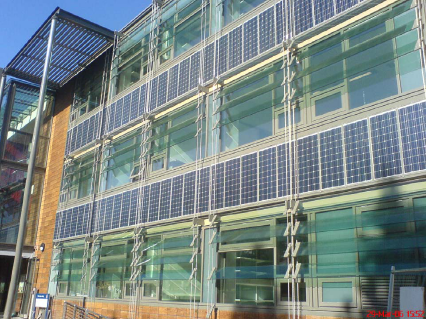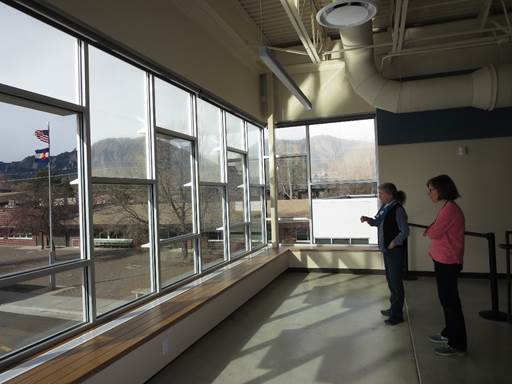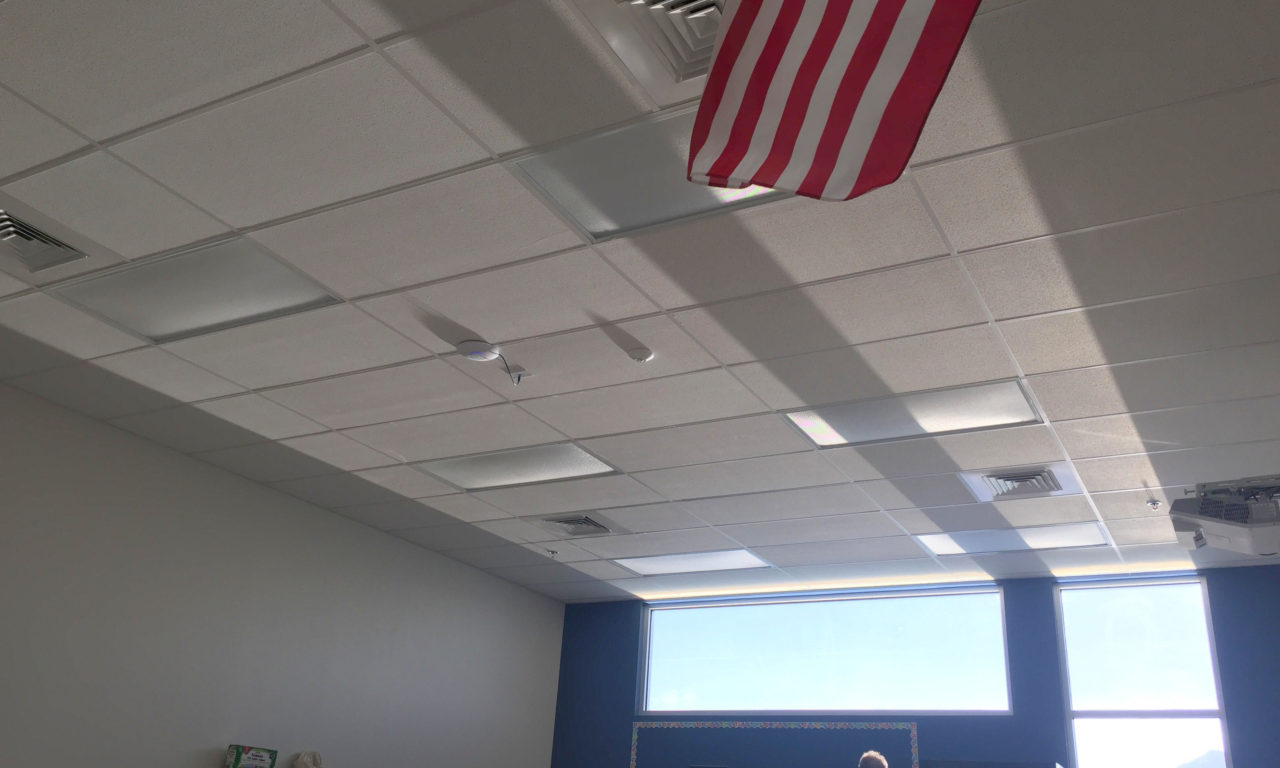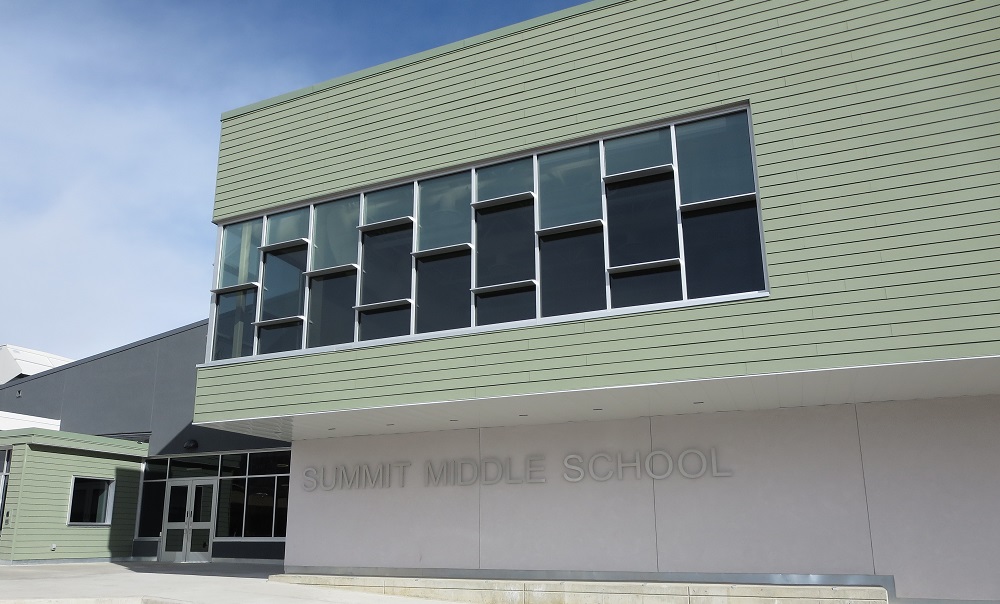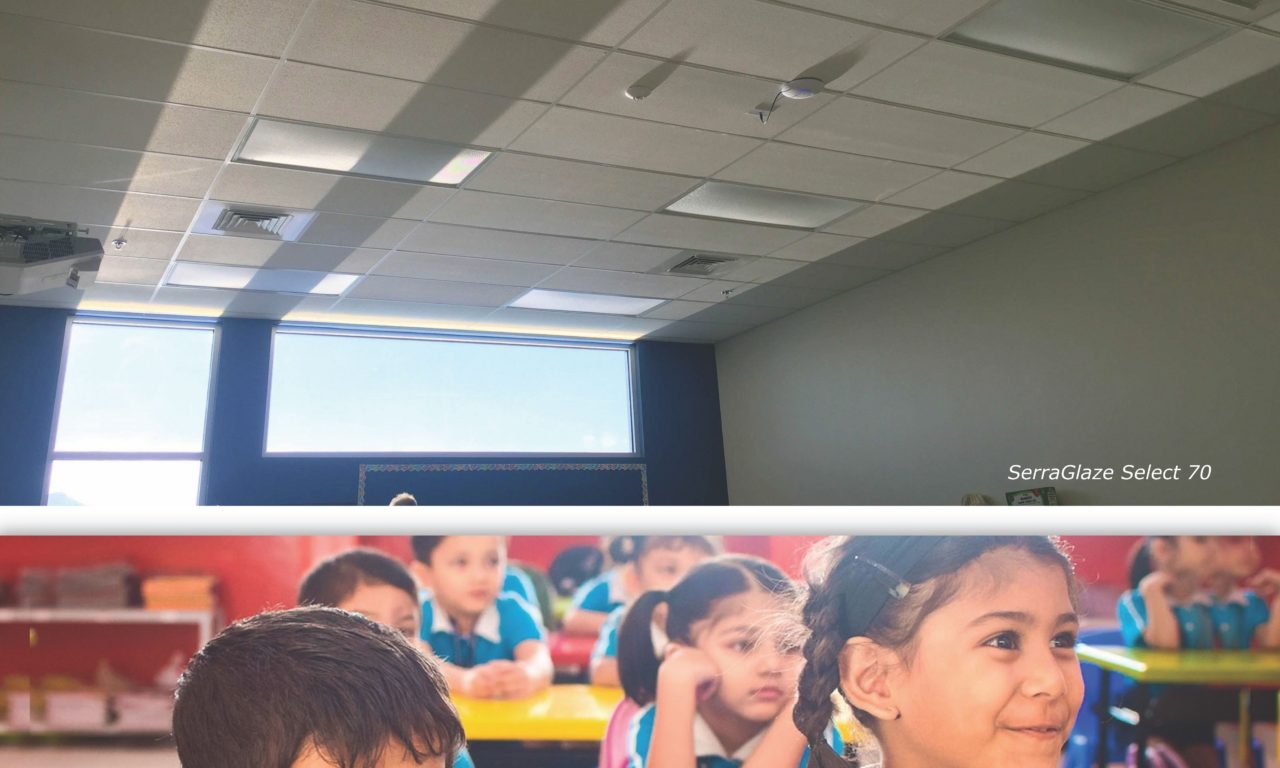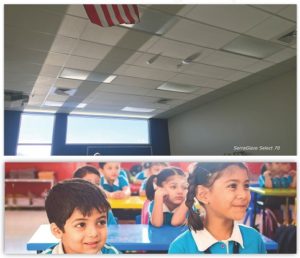“Daylighting is one of the best investments you can make in the design of a learning environment” (Gelfand and Freed, Sustainable School Architecture: Design for Elementary and Secondary School John Wiley and Sons Inc., 2010). Designing a useful lighting system certainly will have positive effect on students’ academic scores, faculty’s teaching performance, and occupants’ health and mood. Daylighting does all this, while simultaneously saving energy and utility costs (Aysen Demir, 2913, Impact on Daylighting on Student and Teacher Performance).
Time and time again, studies tell us kids learn best in classrooms with well-lit, glare-free, natural daylighting. Sunlight is the most important source of light and energy for humans. Studies have shown that daylight or full spectrum light is associated with healthier, more productive students.
- Student and teacher absenteeism is reduced
- Students tended to be more attentive and displayed lower levels of hyperactivity
- Positive mood in students and lower noise levels
- One study found students in classrooms with most daylighting progressed, in one year, 20% faster in math tests and 26% faster in reading tests.








